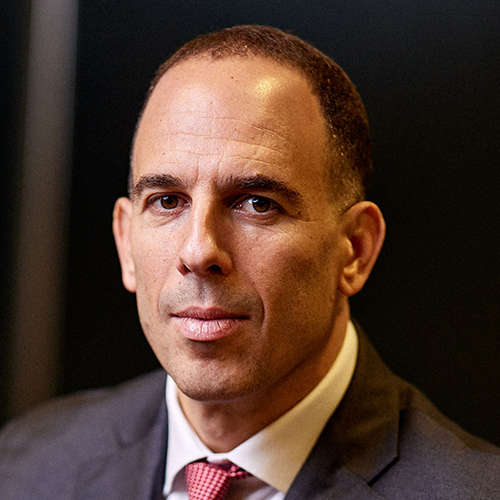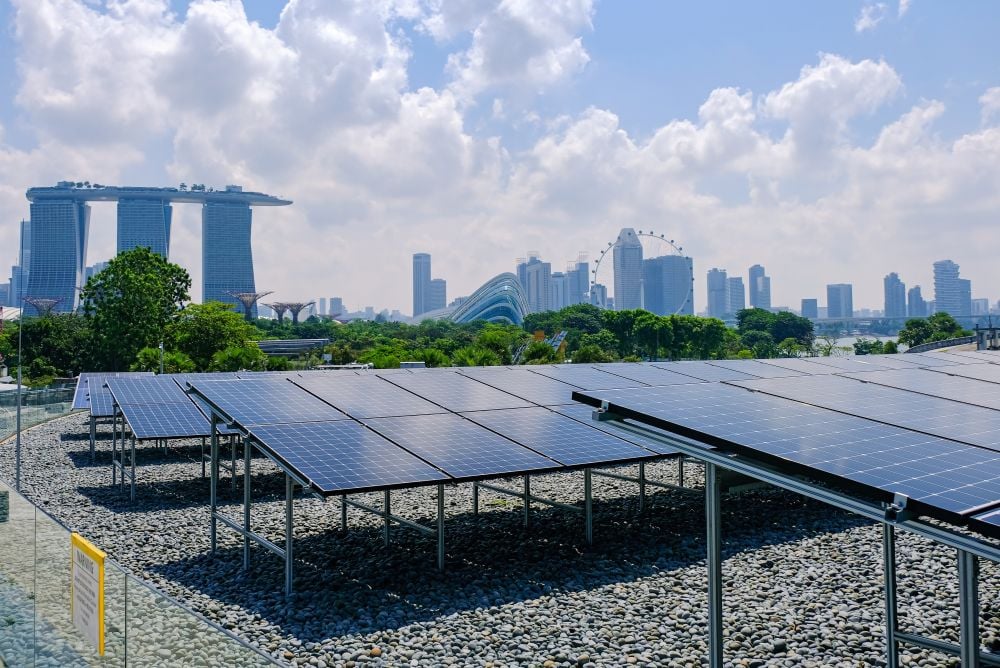The Asian Infrastructure Investment Bank (AIIB) has made a US$100 million investment in India’s National Investment and Infrastructure Fund’s (NIIF) fund of funds, as part of Phase I of the fund's initial closing. And the AIIB is considering an additional US$100 million commitment as part of Phase II for the final closing.
NIIF is anchored by the Government of India, and is a collaborative investment platform for international and domestic investors that want to invest in commercially viable Indian infrastructure projects.
NIIF’s fund of funds will anchor and/or invest in funds managed by fund managers who have good track records in infrastructure and associated sectors in India. Some of the sectors focused on include green infrastructure, mid-income & affordable housing as well as infrastructure services. The NIIF fund of funds recently announced its first investment, Green Growth Equity Fund, which will invest in renewable energy, clean transportation, water, sanitation and waste management.
The AIIB will provide expertise to enhance NIIF’s environmental and social risk management capabilities to improve and monitor environmental and social performance across the portfolio investments.
"The NIIF will provide access to a diversified range of Sub-Funds and trigger a multiplier effect in attracting capital," commented AIIB Director General of Investment Operations Dong-Ik Lee. "With AIIB’s investment in the NIIF, we will help pool commitments from long-term investors such as multilateral institutions, sovereign wealth funds, pension funds and insurance companies—within and outside India—to make investments in the country’s infrastructure sector."
The closing of the deal was announced to coincide with the third annual meeting of the AIIB Board of Governors, which began on June 26 in Mumbai.
The meeting was inaugurated by Indian Prime Minister Narendra Modi. He has often been a vociferous critic of China's Belt & Road Initiative, but India is nonetheless working closely with the AIIB, which though China-led is has a multilateral development bank model similar to the Asian Development Bank.
In his opening address, AIIB Board of Governors President Jin Liqun said that a key feature of developing Asia’s success to date is aggressive infrastructure investment. Between now and 2030, Asia’s investment in infrastructure must rise to US$2 trillion a year, or roughly triple what it has been in the past.
Financing will have to come from multiple sources— domestic and international, public and private, said Jin. The task requires a joint effort, and because of this partnership is critical to work of the AIIB. Many of its initial projects in its first two years of operation have been prepared in collaboration with other MDBs—the World Bank, Asian Development Bank, European Bank for Reconstruction and Development and the European Investment Bank.
"We also have stand-alone projects and expect to have more of these in the future as we increase our capacity," he said.
In addition to formal partnerships, Jin noted that AIIB members are involved in a wide range of regional infrastructure and trade arrangements. The Belt & Road Initiative is one such arrangement.
Other multilateral arrangements that the AIIB will work with include the Greater Mekong Subregion program, the Central Asia Regional Economic Cooperation program, the South Asia Sub-Regional Economic Cooperation program and the Asia-Africa Growth Corridor. Many of the countries involved coordinate their AIIB investments with these other programs.
In his speech Jin noted that there is a limit to how much infrastructure financing can come from abroad, and addressed the theme of external debt- something on which many critics of Belt & Road often focus.
"Today, the average debt for Asian countries is at a favorable level and continued rapid growth means countries can cautiously take on more external debt," he said. But there are some countries that face unsustainable external debt and they will need to adjust their policies. This issue of external debt sustainability is one of the reasons why foreign financing must work in partnership with domestic sources, including the domestic private sector and local governments.
This year’s AIIB Annual Meeting addressed the theme of “Mobilising Finance for Infrastructure: Innovation and Collaboration.”
Jin cited two examples of collaboration. In addition to the US$100 million investment in India’ new NIIF the AIIB has also made a US$150 million investment in a fund to make private equity investments in India’s infrastructure sector, with Morgan Stanley as the fund manager. Through this kind of fund, the AIIB can reach smaller projects that would not be efficient for it to take on directly.









